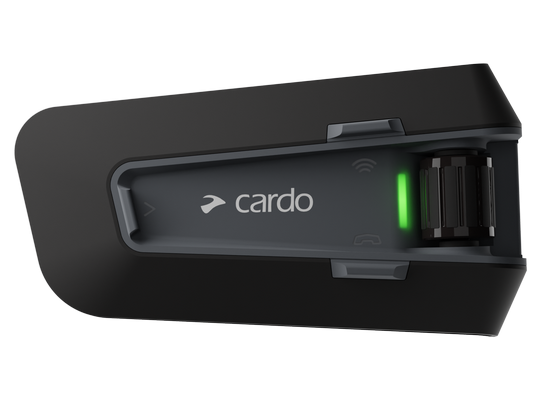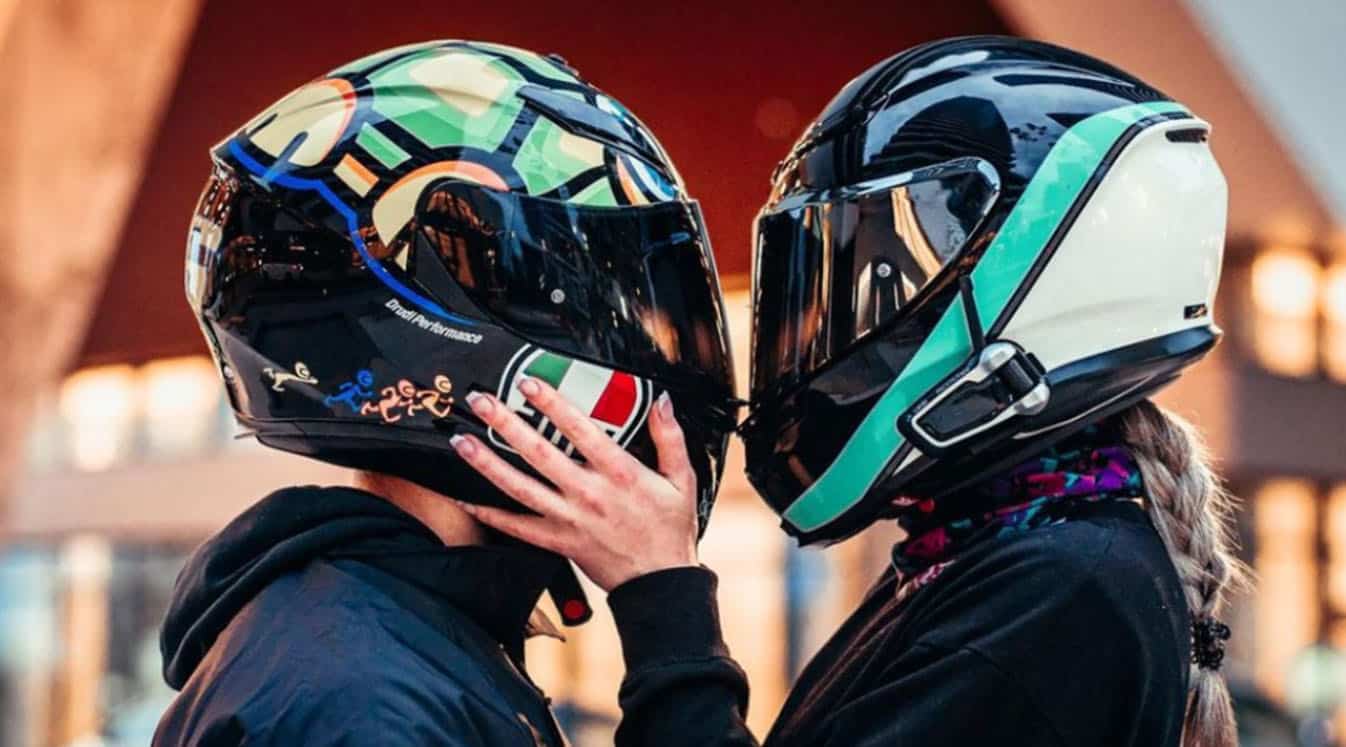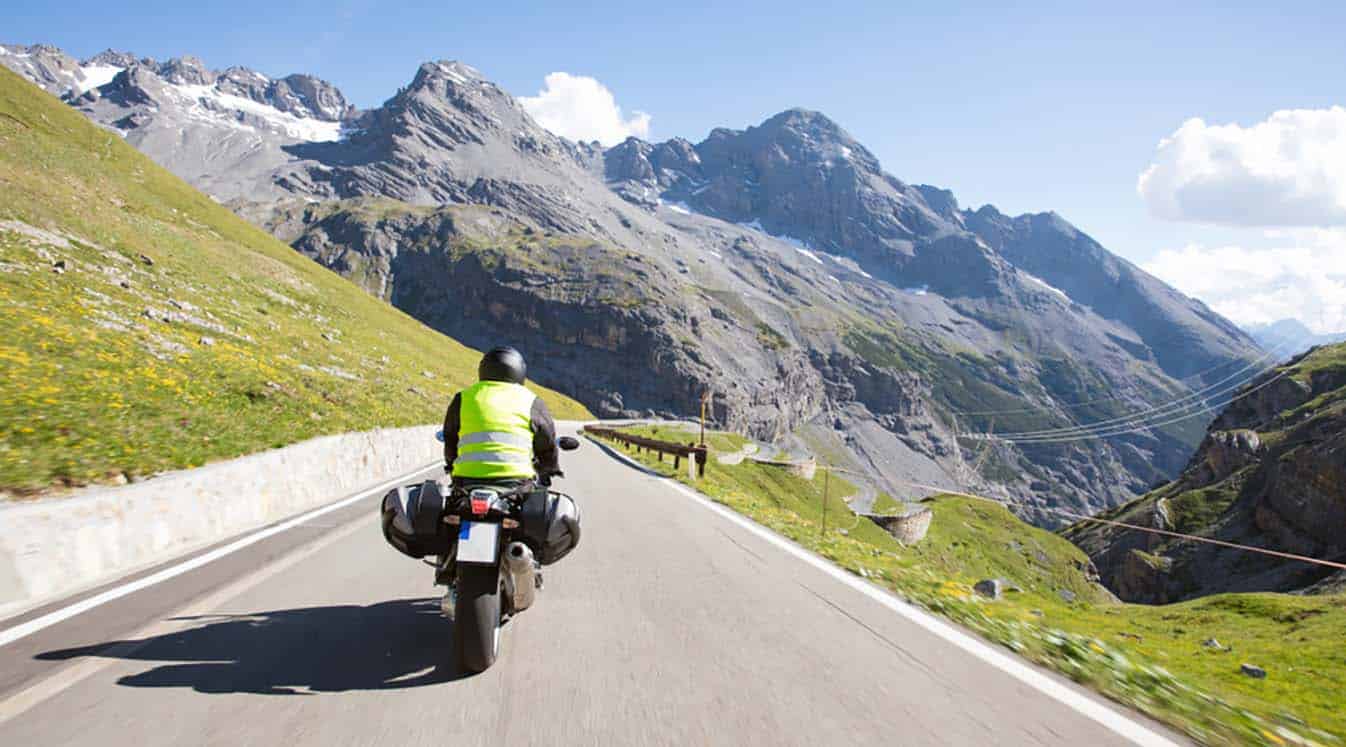ATV vs. UTV: The Basics
What can we define as an ATV versus as a UTV? Here are the basic definitions:
-An all-terrain vehicle or ATV, also called a four-wheeler or quad bike, is a small off-road vehicle. ATVs are controlled via handlebars and have a straddle seat which usually only accommodates one rider. Most ATVs do not have built-in rollover protection.
-A utility task vehicle or UTV, also called a side-by-side or recreational off-road vehicle (ROV), is a off-road vehicle that accommodates a driver and a passenger sitting side-by-side. UTVs have bench or occasionally bucket seats and are controlled via a steering wheel rather than handlebars. Most UTVs have built-in rollover protection in the form of a cage on top of the vehicle.
An ATV is more akin to a dirt bike with four wheels while many UTVs look like rugged, off-road golf carts. As we will see, these vehicles’ inherent design differences make them quite distinct.
What ATVs Are Used for
ATVs are used around the world both for work and for recreation. They’re frequently used in agriculture and forestry since they’re good for accessing hard-to-reach areas and navigating difficult terrain. You’ll also find them used by search and rescue operators, law enforcement in remote areas, surveyors and oil and gas industry professionals.
ATVs are also popular powersports vehicles. Racing ATVs is an exciting hobby, and ATV trail riding is great for those who want to enjoy nature and powersports at the same time. Many popular tourist destinations now offer ATV tours that take riders on exciting trips through the local landscape.
ATV Safety Tips
ATVs are fun, but they’re also powerful machines which need to be approached and handled with caution. Keep these safety tips in mind when riding:
-Always wear a helmet when riding an ATV, preferably a specially designed off-road powersports helmet. And remember, a helmet is the minimum you should have. You’ll be safer with a riding jacket, gloves and riding boots.
-If you’re riding with a group, use a helmet communication system, like the Cardo PACKTALK BOLD, to stay together and warn each other about hazards.
–Learn ATV hand signals to help communicate quickly with other riders on the trail.
-Don’t ride with a passenger if your ATV isn’t designed for passengers as it makes it harder to shift your weight correctly when riding.
-Don’t let kids drive ATVs without supervision, and check your state’s laws on the minimum age to operate an ATV.

What UTVs Are Used for
UTVs are commonly used for moving people and equipment in situations that call for more stability and hauling capacity than an ATV. You’ll find UTVs on farms and in industries such as construction which require sturdy performance. Also, UTVs are often used at concerts, festivals and other outdoor events to transport staff and supplies.
UTVs can make great trail riding vehicles as well, and they tend to be more comfortable on long rides.
UTV Safety Tips
UTVs are generally recognized to be somewhat safer than ATVs, but that doesn’t mean you can let safety fall by the wayside. Keep the following tips in mind to stay safe on a UTV:
-UTV drivers and riders often don’t wear helmets due to the vehicle’s roll cages. However, you’re always safer wearing a helmet, and you definitely need one if you’re going off-roading. Many states require helmets for both UTV and ATV riders. (Plus, you need a helmet to use a Bluetooth headset communicator!)
-Recognize the limits of your UTV and don’t try to drive it like an ATV. Remember that a UTV is generally taller, bulkier and less maneuverable than an ATV.
-Keep your arms and legs inside the UTV when it’s in motion, just like you would with any other passenger vehicle.
-Provide supervision for children anytime they’re around UTVs and know your state’s minimum age laws for operating them.

ATVs and UTVs can be both useful and tons of fun. Just remember to stay safe, take it slow and stay in touch with your group.








